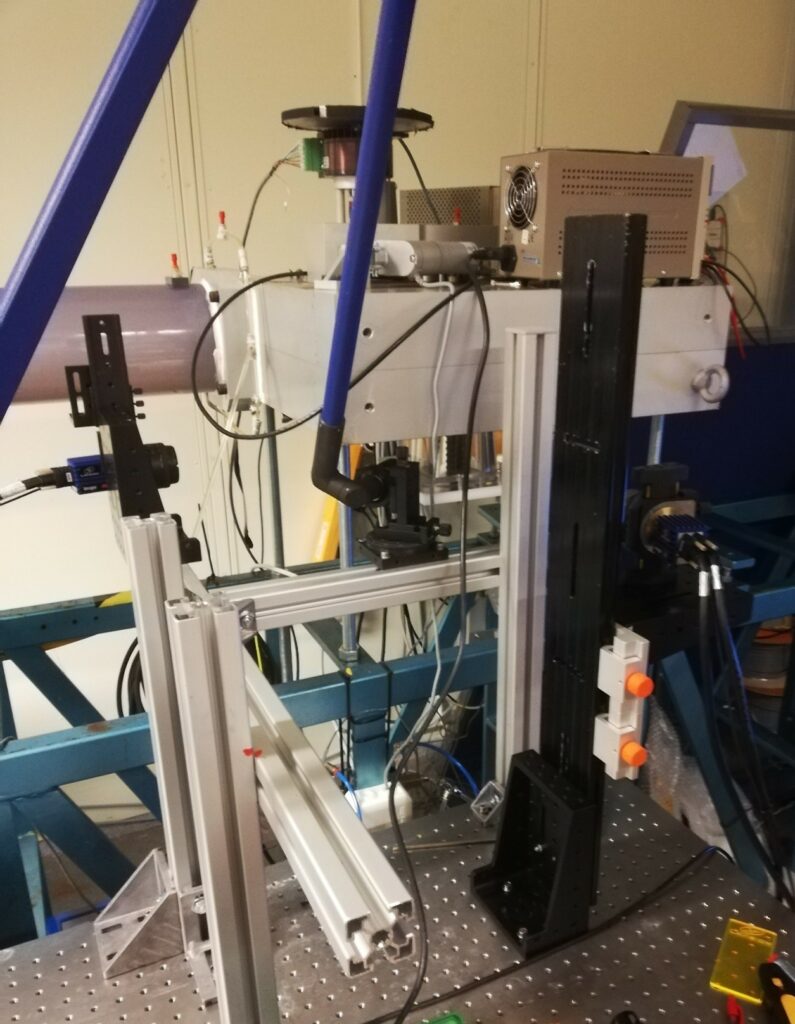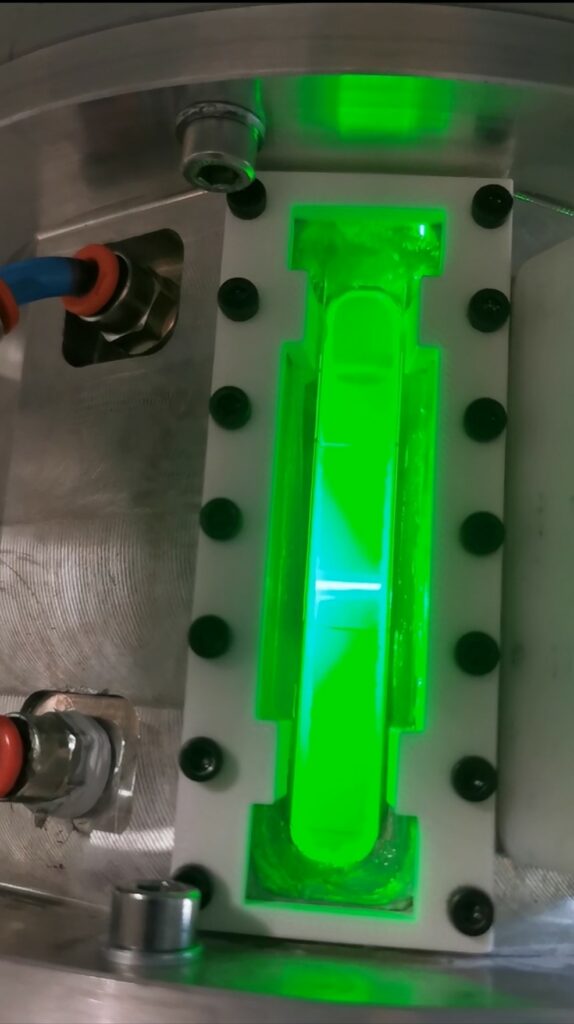luleå
Luleå Test Rig
ABOUT
A down-scaled turbine test rig has been designed and built at Luleå University of Technology (LTU) in Sweden. The turbine runner and draft tube are geometrical replicates of the Porjus U9 turbine at a 1:15.5 scale; corresponding to a runner diameter of 100 mm, whereas the spiral casing and distributor have been re-designed to cope with the small scale of the model. The turbine operates under closed-loop conditions, similar to the setup in Älvkarleby. RVR studies have been performed at flow rates in the range of 5-10 l /s, at turbine heads between 0.3-1.5 m and rotational speeds of 600-750 rpm.
The test rig is hosted in the John-Field laboratory of the Division of Fluid and Experimental Mechanics at LTU. Detailed studies of the RVR, and means to mitigate its harmful effects, have been performed using particle image velocimetry (PIV), laser Doppler velocimetry (LDV) and pressure measurements.
Preliminary designs of the IPM system have been tested in the setup, along with tests of the ICM. During the course of the project, a total of four students have finished their master’s theses working on the test rig. In addition, internship students as well as guest phd students and phd students from the Swedish hydropower centre have been working with the test rig.

Figure 1: Stereoscopic PIV setup in the LTU rig.

Figure 2: The draft tube cone of the LTU setup during laser Doppler velocimetry measurements.
During the last couple of weeks, preparation work for laser Doppler velocimetry (LDV) measurements in the draft tube cone of the LTU test rig has been undertaken. The plan is to perform these velocity measurements both during steady operation, as well as when RVR-mitigation is being performed. The goal of these measurements is to enhance the understanding of the flow physics occurring during mitigation.
